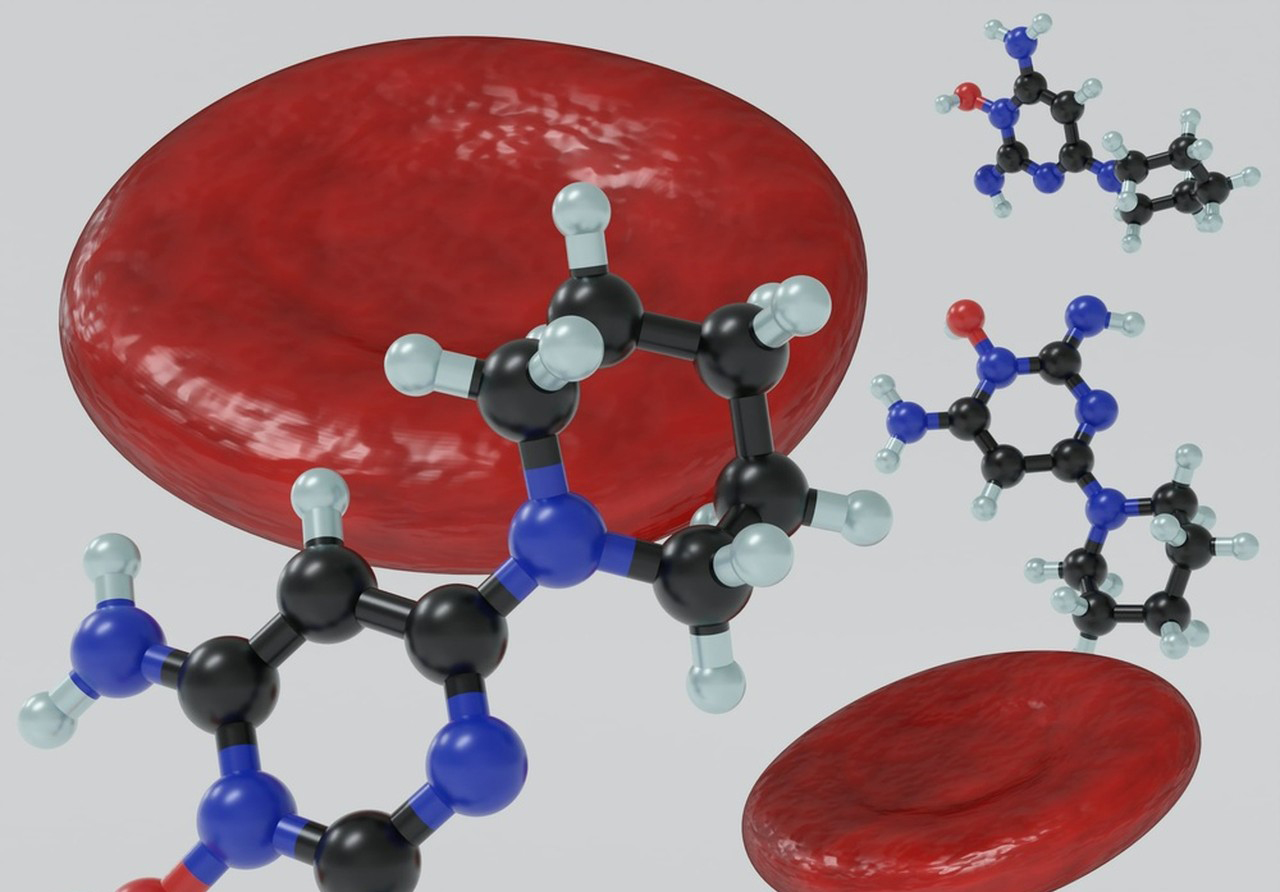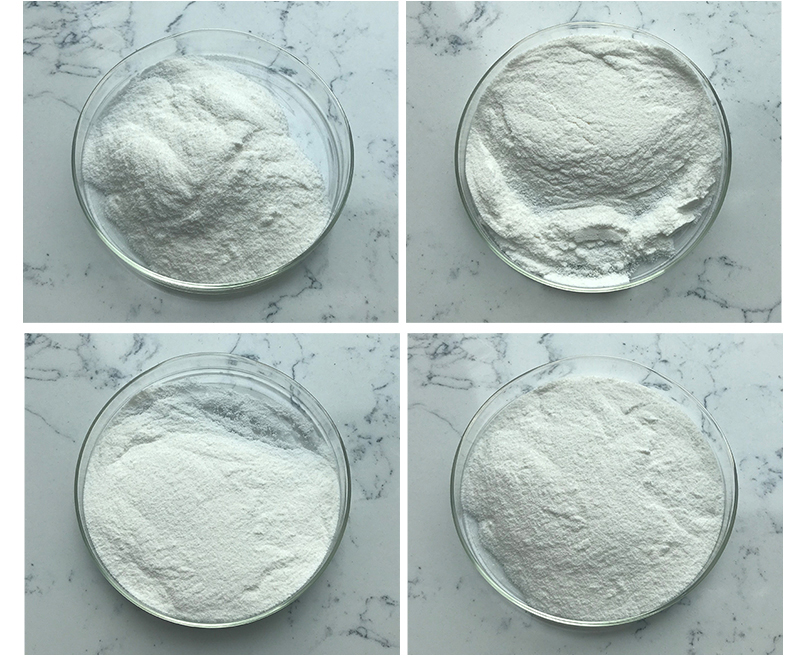Minoxidil is a medication primarily used for the treatment of hair loss, specifically male and female pattern baldness (androgenetic alopecia). While it can be effective in promoting hair regrowth for some individuals, it comes with its own set of pros and cons:
Pros of Minoxidil:
1.Hair Regrowth: Minoxidil has been shown to stimulate hair follicles and promote the growth of new hair in some individuals. It is one of the few FDA-approved treatments for androgenetic alopecia.
2.Easy to Use: Minoxidil is available over-the-counter in topical solutions or foams. Application is straightforward and can be done at home.
3.Non-Invasive: Unlike some other hair loss treatments (e.g., hair transplant surgery), minoxidil does not require invasive procedures.
4.Widely Available: Minoxidil is widely available in most drugstores and online, making it accessible to many people.
5.Minimal Side Effects: While some users may experience side effects (discussed in the cons section), they are generally mild and less common compared to some other hair loss treatments.

Cons of Minoxidil:
1.Limited Effectiveness: Minoxidil doesn’t work for everyone. Its effectiveness varies from person to person, and it may not work for those with advanced hair loss or certain underlying medical conditions.
2.Continuous Use Required: To maintain any hair regrowth achieved with minoxidil, ongoing, long-term use is typically necessary. Once you stop using it, any new hair growth may be lost.
3.Side Effects: Some users may experience side effects such as scalp irritation, itching, dryness, or flaking. Rarely, more serious side effects like changes in blood pressure, dizziness, or chest pain can occur.
4.Time-Consuming: Applying minoxidil typically requires twice-daily use and can be time-consuming.
5.Cost: Over time, the cost of purchasing minoxidil products can add up, especially when it’s used continuously.
6.Not a Permanent Solution: Minoxidil addresses the symptoms of hair loss (thinning and balding) but doesn’t address the underlying causes. It does not stop the progression of hair loss or cure the condition.
7.Limited Efficacy in Certain Areas: Minoxidil is generally most effective for regrowing hair on the crown of the head and the vertex (top of the head). Its efficacy may be limited in other areas.

Before starting minoxidil, it’s important to consult with a healthcare professional or dermatologist to discuss your specific situation and whether it’s a suitable treatment option for you. They can provide guidance on proper usage and monitor for any potential side effects. Additionally, they may recommend combining minoxidil with other treatments for more comprehensive hair loss management.
